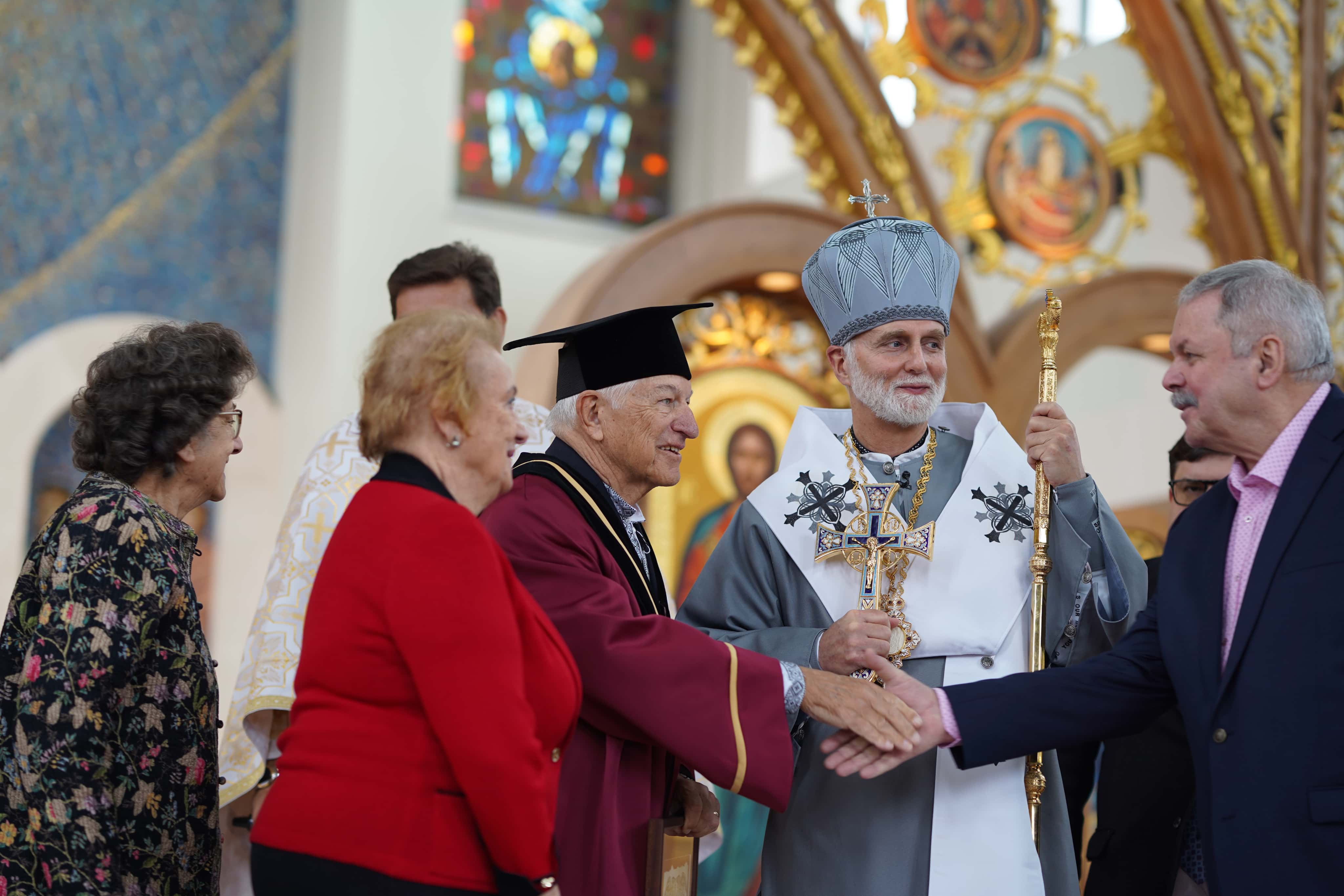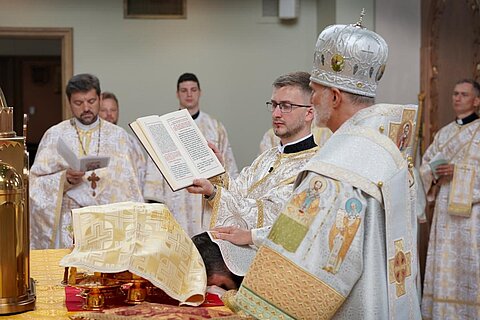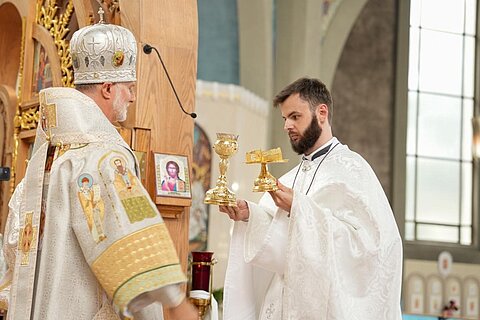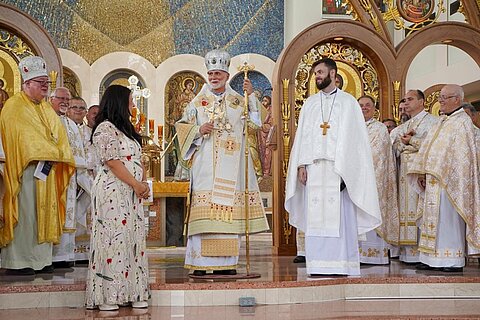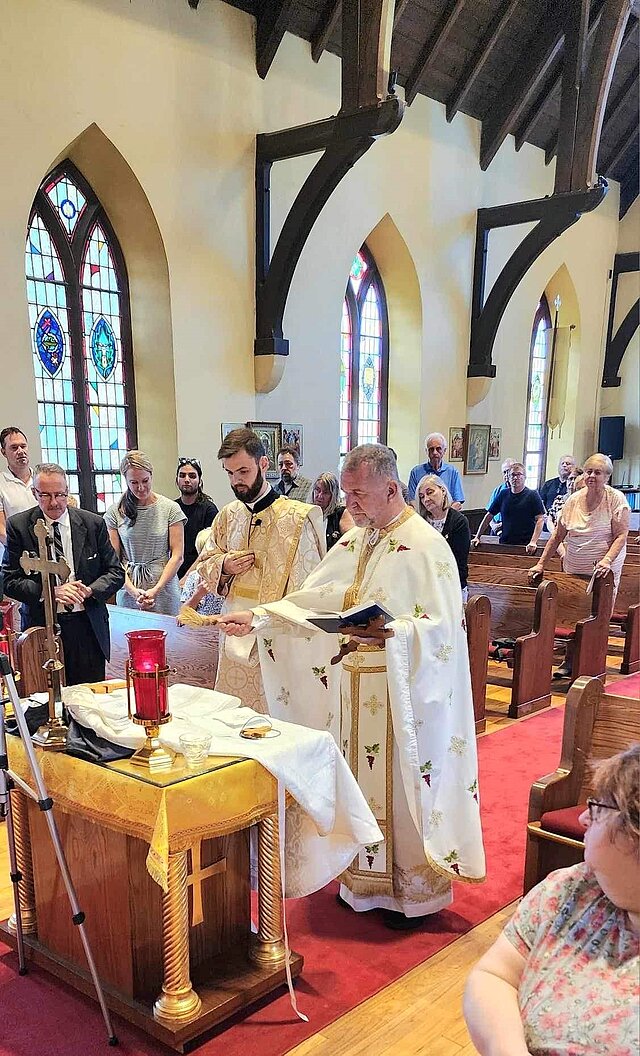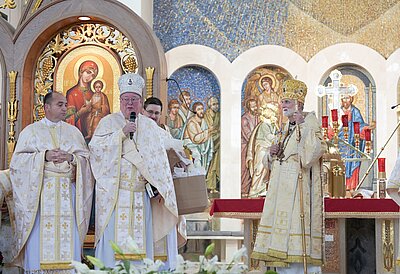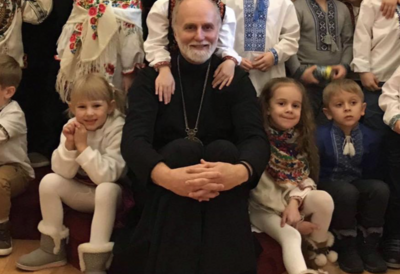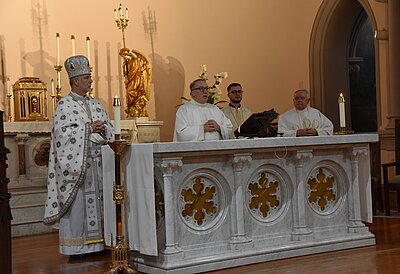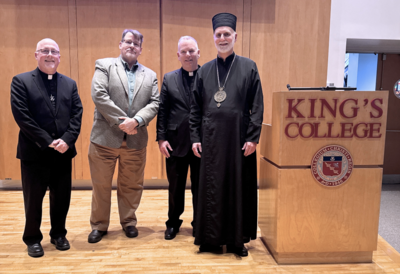- Christmas Appeal 2025
- Archeparchy
- Our faith
- Offices and ministries
- News
- Events
- Parishes
- Youth Protection
Metropolitan Borys Gudziak ordained a new priest Andriy Rubel
"In this year of many wars in the world, among them is the one that kills tens of thousands of our people, maiming hundreds of thousands, and traumatizing millions. We celebrate the feast of the holy passion-bearers and martyrs Borys and Hlib. Their example is Christlike because they gave their lives out of love for their brother who had violent intentions toward them. It is among several feasts that mark and remind us of the beginnings of our Church, of a gift of our baptism. It is a time to renew our baptism, it is a time to hear again what Christ’s call is. These saints are a paradox for those who covet power. On this feast, Deacon Andriy will be ordained. A man who has a gift of peace. Deacon Andriy is a quiet man, but I have come to know him as a man of prayer, fasting, and a deep desire to serve," noted Archbishop Borys in his homily.
On Sunday, July 23, 2023 at the Holy Myrrh-Bearer's Ukrainian Church in Swarthmore, Pennsylvania, priestly vestments were consecrated for Deacon Andrii Rubel, who became a priest on July 24th. Father Daniel Troyan consecrated the vestment.
Priests perform services in liturgical vestments, which symbolize new life in the Risen Christ; the splendor and beauty of the robes express the "good beauty" of the coming of the Kingdom of God. The symbolism of the robes is expressed by prayers when putting them on.
The first liturgical vestment of a deacon, priest, and bishop is a sticharion. It is a long garment that is worn over the head and falls to the heels. Styhar is a "robe of salvation and a garment of joy," which reminds one of the bright baptismal robe.
On top of the sticharion, the priest puts an epitrachelion, which means the grace that the Lord which pours through him on the church community, and the "good yoke" of priestly service. Without an epitrachelion, the priest does not perform any divine service. On top of the epitrachelion, the priest girds himself with a belt, which signifies the priest's readiness to perform his service by the power of God. Putting on armbands symbolizes that the Lord Himself acts through the hands of the priest.
On top of all other vestments, the priest wears a Phelonion, which symbolizes the righteousness and holiness with which the Lord clothes him, setting him apart from the people for the priesthood.

